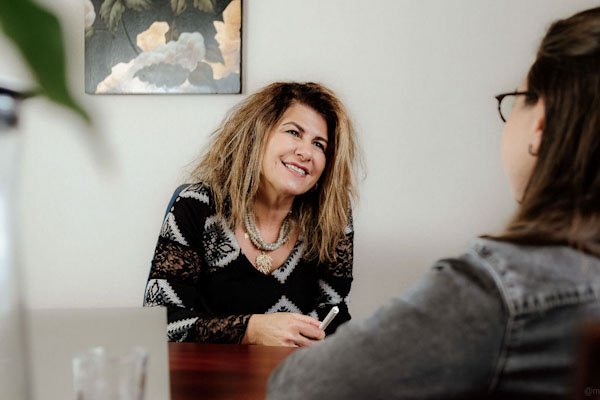Simpy put it is one of the most essential parts of our daily lives. Thus, it’s important to understand what communication entails and how to use it effectively. Keep reading if you want to learn about verbal vs non-verbal communication, and how to use non-verbal communication to your advantage.
All living species have means to exchange information with one another. Information exchange can vary from approachability and receptiveness to hostility and danger. Different animals have adapted to identify colors, sounds and movements, among others, in order to survive and reproduce.
Us, people, exchange words that show how we feel or what we want which sets the basis for most of our daily interactions. However, there are various forms of communication including verbal, non-verbal, written, and visual communication. Mastering effective communication is crucial in building relationships, achieving goals, and resolving conflicts.
E.g:
- Talking with your friend about your weekend plans.
- Writing an email to your professor to update him or her on a project.
- Giving a presentation to your coworkers about a new idea.

Verbal vs non-verbal
Verbal communication involves the use of words, spoken or written, to convey a message. Non-verbal, on the other hand, involves the use of body language, facial expressions, tone of voice, and gestures to convey a message.
Studies have shown that from an early stage in life we are very good at identifying our caretakers mood. Throughout adulthood, some of us, better than others, are naturally good at for instance `reading the room´ or feeling `a certain vibe or energy´. This essentially is a perception we get through others body language; do they look happy and approachable, angry and hostile, sad and vulnerable, etc.
E.g:
- Nodding your head to indicate agreement or understanding.
- Crossing your arms to signal defensiveness or discomfort.
- Smiling to express happiness or friendliness.

How to use non-verbal communication to your advantage
Body posture and facial expressions can be a powerful tool in delivering your message effectively. Here are some tips on how to use it to your advantage:
- Maintain eye contact during a conversation to show attentiveness and interest.
- Use open body language (e.g. uncrossed arms, relaxed posture) to appear approachable and friendly.
- Mirror the other person’s non-verbal cues (e.g. leaning in when they lean in) to establish rapport and build trust.
In conclusion, communication is a crucial skill that we all need to master to succeed in our personal and professional lives. By understanding the different types of communication, as well as, how to use non-verbal communication to your advantage, you can make sure your messages are effectively delivered and you can build stronger relationships with the people around you.

Need guidance into mastering non-verbal communication?
DO NOT hesitate and contact us!
